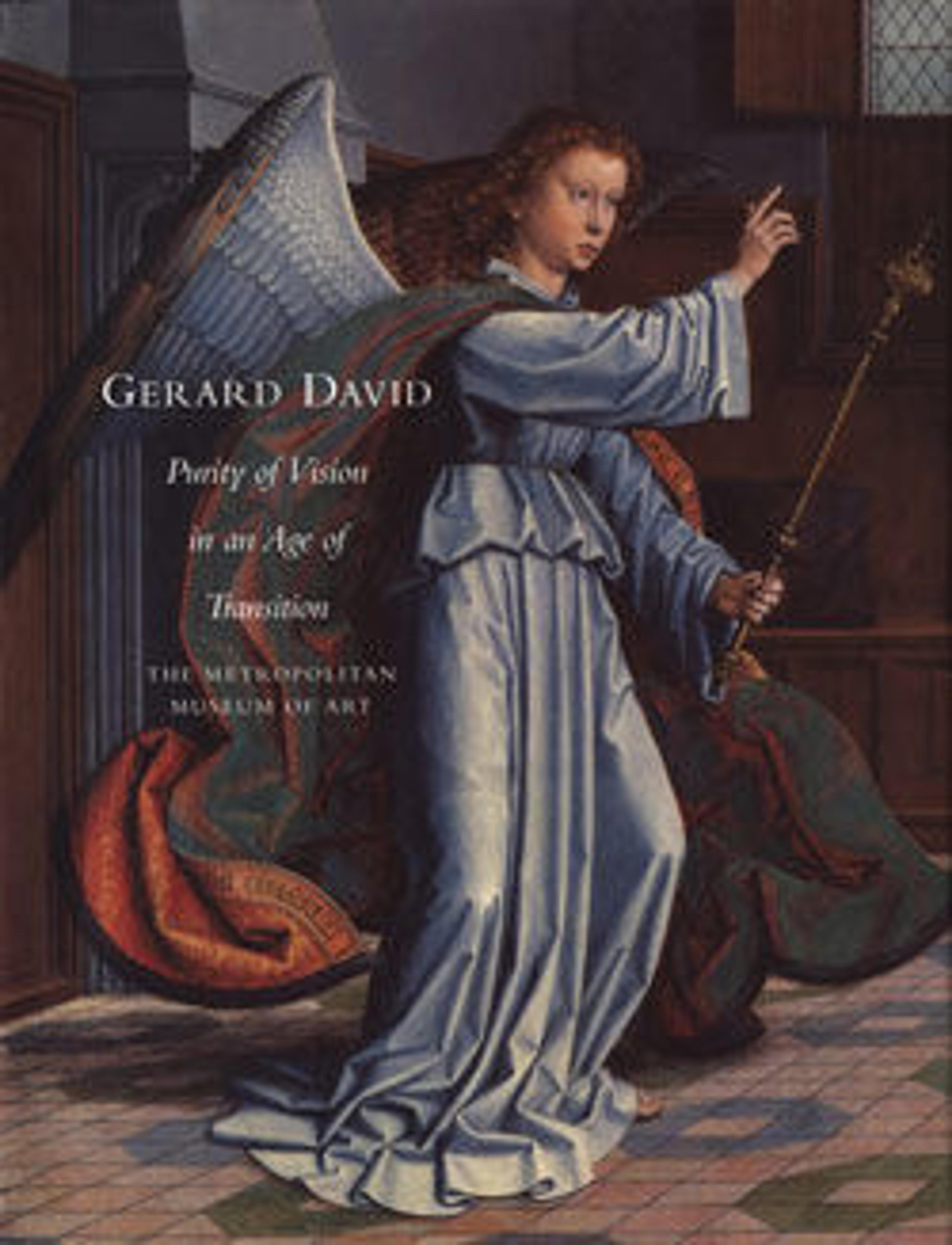Virgin and Child in an Apse
The Virgin and Child appear in a chapel, flanked by music-making angels. Based on a lost original by Campin of about 1420, this painting is among the earliest and finest of over sixty variants. It attests to the enormous popularity of this devotional prototype and to the burgeoning cult of the Virgin in the Burgundian Netherlands. The Virgin’s downcast gaze and the Christ Child reaching up to nurse are motifs that inspired later Netherlandish painters.
Artwork Details
- Title: Virgin and Child in an Apse
- Artist: Copy after Robert Campin (Netherlandish, ca. 1480)
- Medium: Oil on canvas, transferred from wood
- Dimensions: 17 3/4 x 13 1/2 in. (45.1 x 34.3 cm)
- Classification: Paintings
- Credit Line: Rogers Fund, 1905
- Object Number: 05.39.2
- Curatorial Department: European Paintings
More Artwork
Research Resources
The Met provides unparalleled resources for research and welcomes an international community of students and scholars. The Met's Open Access API is where creators and researchers can connect to the The Met collection. Open Access data and public domain images are available for unrestricted commercial and noncommercial use without permission or fee.
To request images under copyright and other restrictions, please use this Image Request form.
Feedback
We continue to research and examine historical and cultural context for objects in The Met collection. If you have comments or questions about this object record, please contact us using the form below. The Museum looks forward to receiving your comments.
